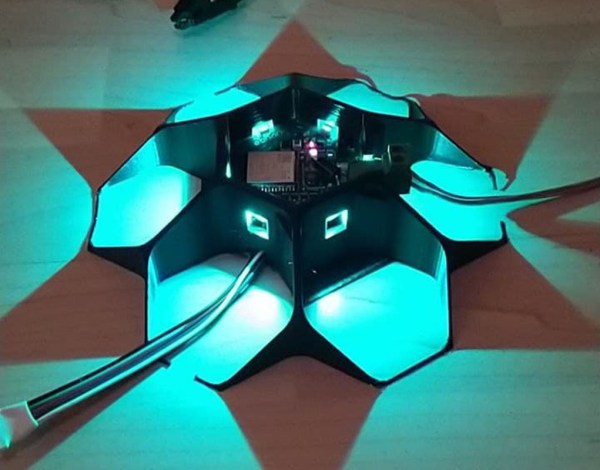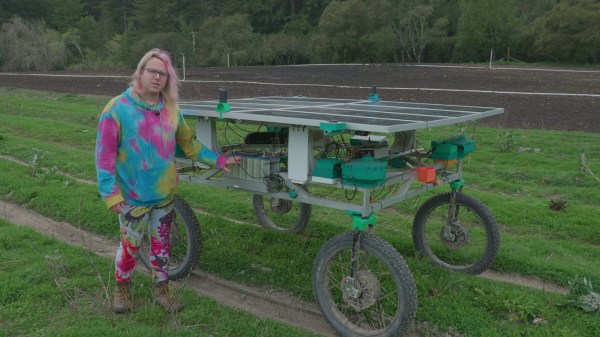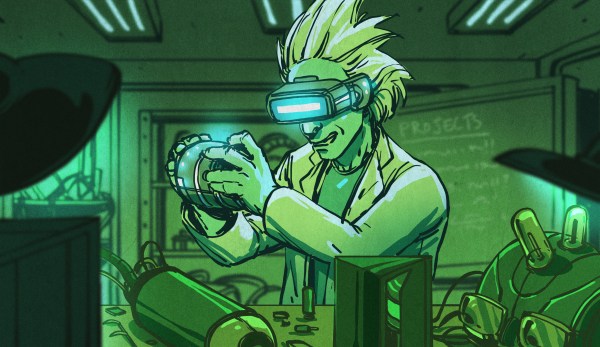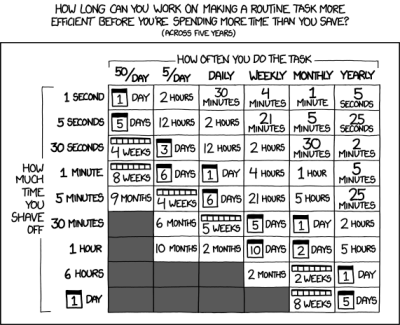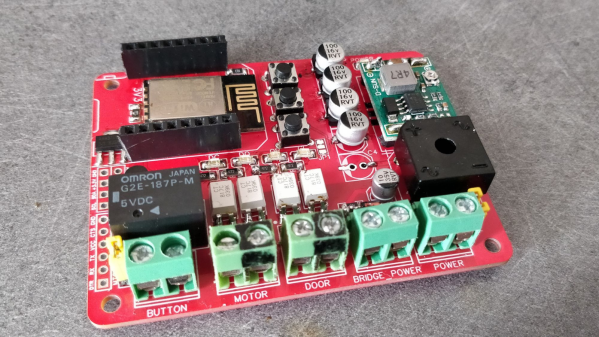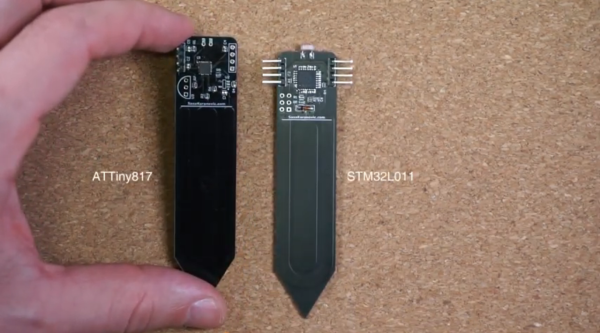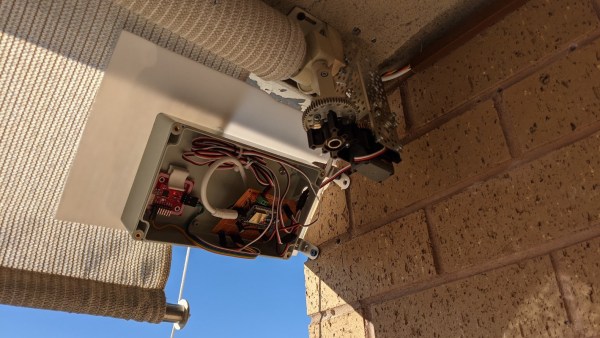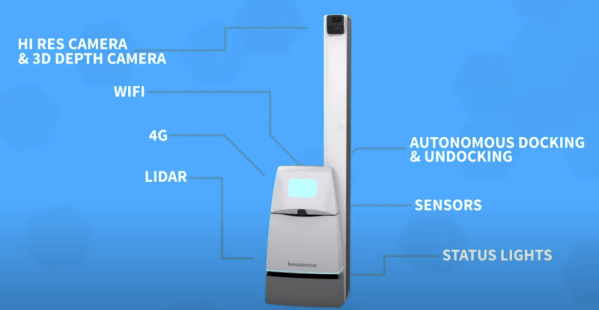Smart homes are becoming an increasingly popular way to automate one’s home, whether it’s turning on lights, closing blinds, or even feeding pets. But the commercial offerings often rely on an internet connection to reach servers in order to work, which invites a lot of privacy concerns for a large percentage of us as well as being inconvenient when the internet is down. Essentially the only way to have a privacy-respecting, self-sufficient smart home is to build one on your own from the ground up, which is exactly what [Xasin] has done with this project.
This build is based on ESP32 modules with a Raspberry Pi as a hub, but it’s not as simple as a MQTT implementation. Not only does the self-contained home automation setup not rely on any outside services, but a failure of the central Pi server will not impact the nodes either as they are configured to continue operating independently even without central control. This allows for a robust home automation implementation without a single point of failure, and also includes some other features that are helpful as well including voice control, all while retaining a core design philosophy that makes it relatively easy to build.
Not only is the build technologically impressive for its standalone capabilities and its elimination of privacy concerns, but [Xasin] also did an excellent job with the physical design as well, adding plenty of RGB and a hexagonal enclosure that gives it a unique look wherever its is placed. If you’re renting right now or otherwise unable to interface any automation with your current home, be sure to take a look at some projects that do home automation without making any permanent changes.
Continue reading “Voice-Controlled Smart Home From The Foundation Up”

